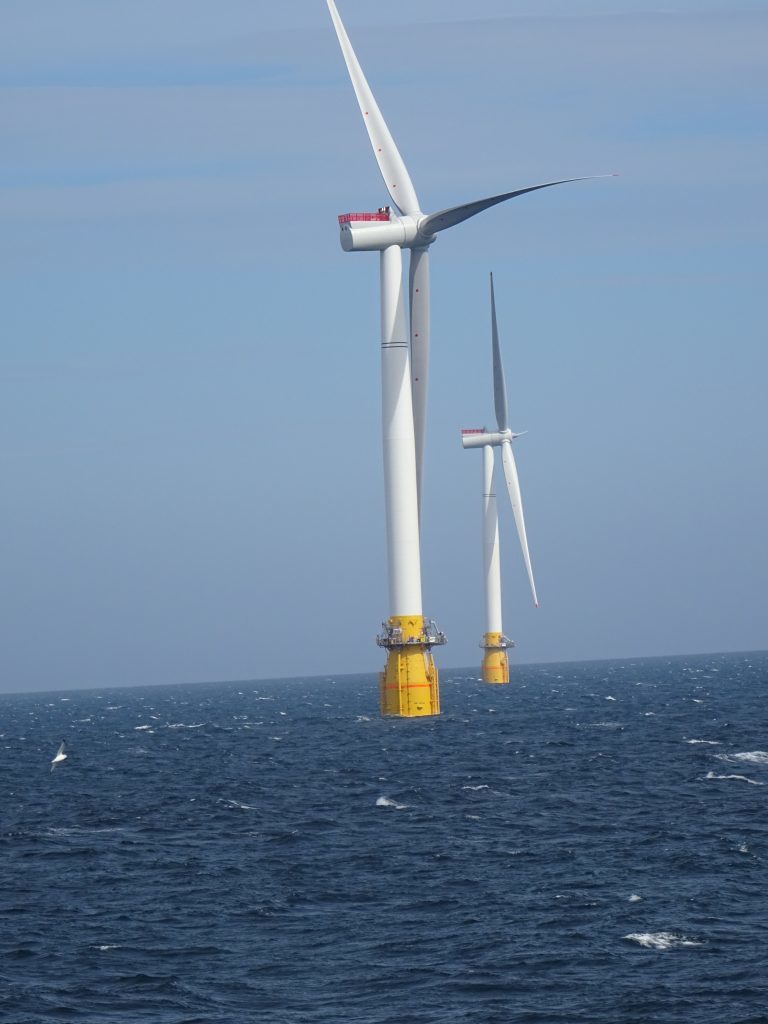
The waters off the Gulf Coast could be an attractive place to install offshore wind farms. The winds are decent and there’s plenty of space but at the moment, electricity prices in Texas are low, thanks to cheap wind coming from West Texas wind farms, and aren’t high enough to justify the expense of engineering and building off the coast.
That won’t likely happen until 2028 when power prices are high enough to justify the expense of building offshore wind farms, Michael J. Osborne, co-founder of the Austin-based environmental advocacy group Texas Renewables Energy Industry Alliance, predicted at a recent University of Houston sponsored panel. Osborne developed the first wind farm in Texas in 1981 and is a member of the Electric Utility Commission in Austin.
Offshore wind farms are common in Europe but have been slow to develop in the United States largely because the U.S. lacks an established supply chain, doesn’t have ports that can accommodate construction of floating platforms and there are no U.S. vessels that can ferry equipment back and forth in federal waters.
The first – and only – U.S. offshore wind farm, a five-turbine development off the coast of Rhode Island, began producing power three years ago. More than a dozen farms are in various stages of development in federally leased waters off the East Coast.
Texas may not see free-standing offshore wind farms off its coast line anytime soon but Texas is likely to see offshore oil drillers begin to use wind-powered generation to run their operations in the Gulf of Mexico.
That will take about three years, predicted John Hartnett, business opportunity manager for Shell Wind Energy, which is developing offshore wind projects in New England.
This article first appeared on the Houston Chronicle – an Energy Voice content partner. For more from the Houston Chronicle click here.
Recommended for you
